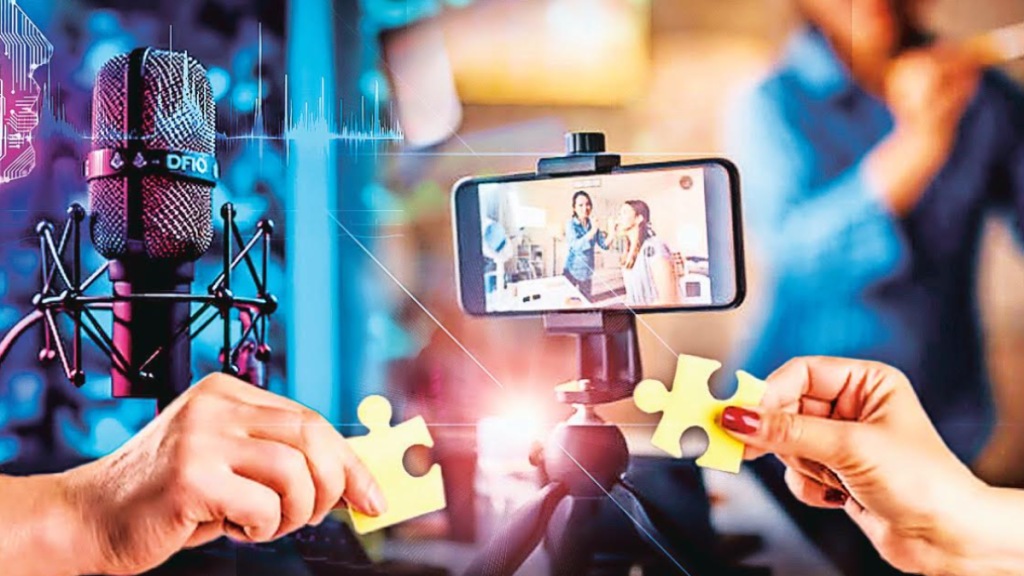India’s influencer marketing industry reached an estimated `3,600 crore in 2024, as per a report by WPP’s influencer and content firm, The Goat Agency in collaboration with Kantar. The industry is set to grow at a CAGR of 25% till 2026, as marketers continue to make influencers a core component of their marketing strategy.
Nearly 72% of the 52 brands surveyed demonstrate a growing preference for long-term influencer partnerships, while 95% of these showed a clear inclination towards macro influencers (100,000 to 1 million followers). That said, niche micro-influencers (follower count of 10,000 to 1,00,000) are gaining traction across high-consideration categories such as automotive and consumer durables, with 85% of marketers in these verticals planning increased investments.
From the consumer’s perspective, the report observes that creators continue to influence the purchase funnel significantly with over two-thirds of the 350 social media users surveyed noting that they turn to influencers for product discovery, information and action. 70% of the brands cited factors like trust and credibility as the top reasons to partner with influencers, especially those in categories like banking, finance and FMCG.
The explosive growth in the influencer ecosystem may be seen from the fact that the country’s largest FMCG advertiser, Hindustan Unilever (HUL), enlisted over 8,000 influencers to drive its marketing campaigns this fiscal, up from just around 700 in the last fiscal (as per media reports).
Apart from FMCG, brands in categories like banking, finance, beauty and wellness are also ramping up their influencer spending. Some brands say that their influencer marketing spends are now a double-digit share of their ad budgets compared with single digits just 2-3 years ago.
In the recently concluded season of the IPL too, experts estimate that brands spent over`500 crore on influencer marketing. Instagram and YouTube are the key platforms here, although brands also work with influencers on Snapchat, Facebook, X and LinkedIn.
Towards a creator economy
The influencer marketing report explains some of the reasons driving this shift towards creators. In 2024, people spent close to 50% of their time on mobile phones browsing social media. 59% of the users surveyed claimed that they follow between 1 and 5 influencers, 18% follow 6 to 10 and 13% follow over 20 influencers.
Furthermore, the Indian government also announced a $1 billion fund to support content creators—boosting innovation, production quality, and reach. In 2020, India had 960,000 influencers, a number that has skyrocketed by 322% to 4.06 million in 2024.
Despite rising optimism, the report highlights persistent challenges around influencer discovery with 83% of marketers struggling to find the right talent.
As Sonam Shah, founder and CEO at Treize Communications points out, there is a clear downside for brands who rely too heavily on influencer marketing. “Often brands are not able to strategise and focus on long-term credibility building. They rely on influencer marketing for short-term gains for quick followers and shoutouts. When they do this, consumers may feel overwhelmed or fatigue from the same brand over and over again and they may mute or flag the content,” says Shah. Fake followers or bots are also another concern for brands, since they bring down their campaign’s credibility and messaging.
Experts note that while influencer marketing is a great vehicle for consumer engagement and feedback, especially for digital-first brands, it does have limitations compared with mass media. Aman Narula, COO, Mad Influence notes that it faces challenges in scalability, ROI and creative control.
“Broadcast advertising ensures high visibility, strong brand recall, and full creative control. TV commercials provide a mass-market presence with repeated exposure, making them ideal for large-scale brand awareness, while influencer marketing works best for targeted, interactive engagement,” says Narula.
Notwithstanding the challenges, the report says influencer marketing will only grow with 92% of the brands adding it to their marketing mix in 2024.
